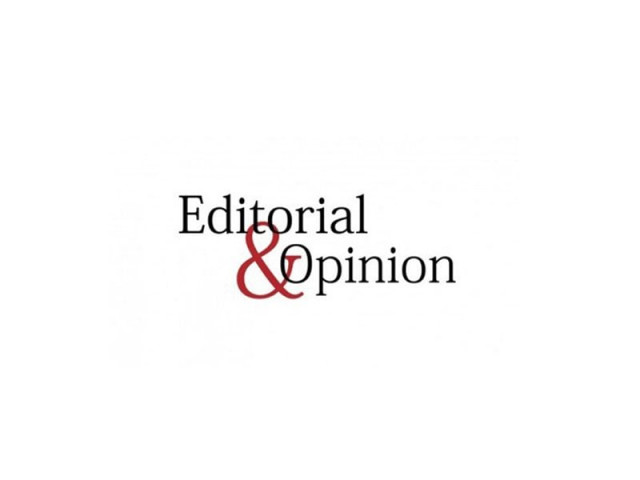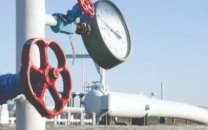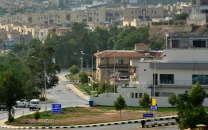Redistributing NA seats
The ECP must carry out full delimitation before the next elections

Punjab’s relative success in controlling its population growth has had quite a negative impact — resulting in the shrinking of its parliamentary representation in the lower house that elects the country’s prime minister. Except for the Federally Administered Tribal Areas (Fata), seats in the National Assembly are allocated to the four provinces on the basis of population. Punjab, being the most populous province, gets more than half of the seats in the assembly. It was allocated 148 of the 272 directly elected and 35 of the total 60 seats reserved for women when delimitations were carried out before the 2002 general elections.
Apart from Punjab’s 148 general seats, the National Assembly currently has 61 seats for Sindh, 35 for Khyber-Pakhtunkhwa (K-P), 14 for Balochistan, 12 for the Federally Administered Tribal Areas (Fata), and two for Islamabad Capital Territory (ICT).
Besides 60 indirectly elected seats reserved for women, which are allocated to the provinces proportionate to their quota of general seats, the 342-member house also has 10 seats reserved for non-Muslims.
Under the 1998 population census, Punjab’s population was counted at 73.62 million, while the total population of the country stood at 132.35 million. Based on the population formula for 272 directly elected seats, an average constituency comprises around 486,589 people.
Keeping in view around 10% variation, constituencies are marked on the basis of population distribution in geographically contiguous areas. Punjab would have had 151 seats if the population formula had been strictly followed, but it has been allocated only 148 directly elected seats, with the other three adjusted among the smaller provinces and regions.
The provisional data for the 2017 population census shows that Punjab’s population has grown at an annual rate of 2.13% — the lowest among all federating units. It was the only province to stay below the national average of 2.4%.
Under a fresh redistribution plan, Punjab would now be ceding nine more seats — seven general seats and two for women — to other federating units. Khyber-Pakhtunkhwa will gain the most, adding four more to its current 35 general seats and one more to the existing eight reserved seats for women. Balochistan would be gaining two general seats and a single seat for women taking its tally to 20 from its current strength of 17 in the lower house of parliament. With the addition of one general seat, the federal capital will now have three constituencies. Sindh and Fata will retain their respective existing 75 and 12 seats.
Since the provisional population results show that the country’s population is 207.8 million, an average constituency will have a much larger population or around 763,877 denizens now.
For the 2018 general elections boundaries of the constituencies will be re-marked once again at a larger scale. Delimitation is a tricky subject. It can have a far-reaching impact on the results of elections. Political parties should keep a close watch when boundaries of the constituencies are redrawn.
The ECP must carry out full delimitation before the next elections as parliament through a proposed amendment intends to give legal cover to use the provisional data of population census. This would lift the constitutional bar on the ECP to start delimitation only after official data of the population census is published. New election laws stipulate that the ECP must complete polling scheme and other election-related preparations at least four months before the 2018 elections — due in July-August next year. We watch with interest.
Published in The Express Tribune, November 4th, 2017.
Like Opinion & Editorial on Facebook, follow @ETOpEd on Twitter to receive all updates on all our daily pieces.














COMMENTS
Comments are moderated and generally will be posted if they are on-topic and not abusive.
For more information, please see our Comments FAQ